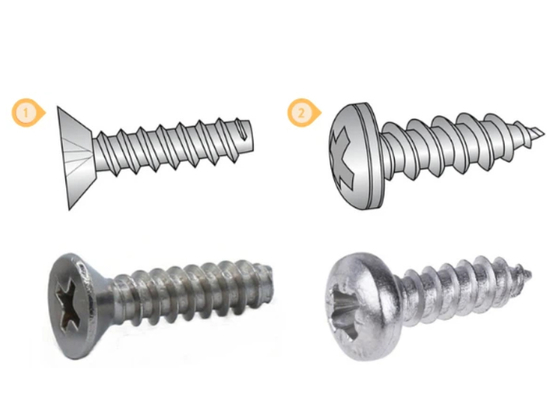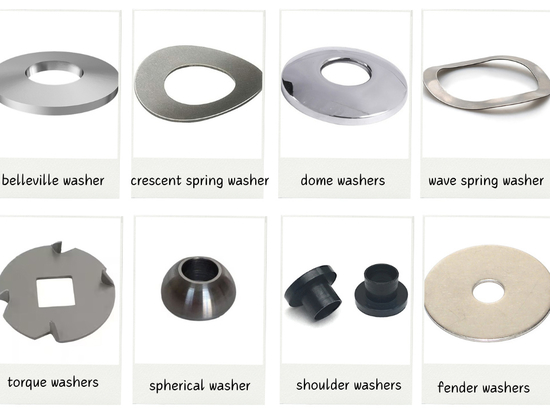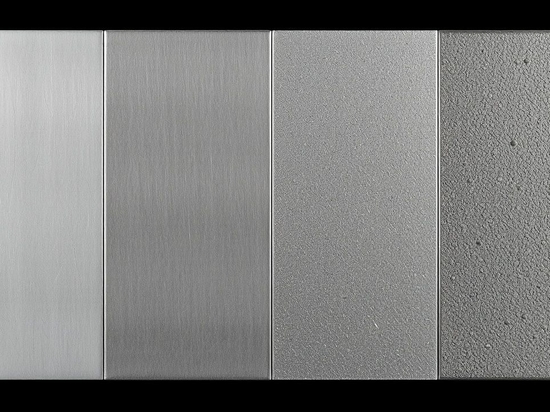
#Industry News
Turning Vs. Milling
Understanding Their Differences
Turning, which is mostly used to treat round bars, is the act of removing material from a revolving workpiece using a cutting tool. It is perfect for producing a workpiece's threads, conical surfaces, end faces, inner and outer cylindrical surfaces, and forming surfaces.
while the cutting tool travels along many axes, the workpiece is kept relatively immobile during milling (it can move on a plane). CNC milling machines feature intricate setups that include spinning tools and several axes for cutting at different angles. Square or rectangular bars are the primary products of milling, which also includes face, plane, and angle milling operations for extremely complicated designs.
High-precision machining is made possible by computer numerical control (CNC) turning and milling, which use CNC systems to accurately control the movement of tools and workpieces in accordance with preprogrammed instructions. Let's examine their distinctions in more detail:
Turning: Utilizes the rotational movement of the workpiece and the linear or curved movement of the cutting tool to change the shape and size of the blank.
Milling: Keeps the workpiece fixed and uses a high-speed rotating milling cutter to move the workpiece, cutting out the desired shapes and features.
Turning Tools: Single-point tools, including indexable turning tools, solid turning tools, welded turning tools, machine clamp turning tools, and forming turning tools.
Milling Tools: Multi-point tools, including face mills, end mills, cylindrical end mills, three-flute end mills, and gear mills.
CNC Turning: Primarily used for machining cylindrical or conical surfaces and is excellent for making axisymmetric parts.
CNC Milling: Better suited for machining planes and irregular surfaces. It can create complex shapes, cavities, grooves, and 3D features.
Turning Operations: Include grooving, boring, drilling, straight turning, taper turning, and knurling.
CNC Milling Operations: Include plane milling, angle milling, face milling, among others.
For more differences and detailed explanations, please click the link below to view the full article.







